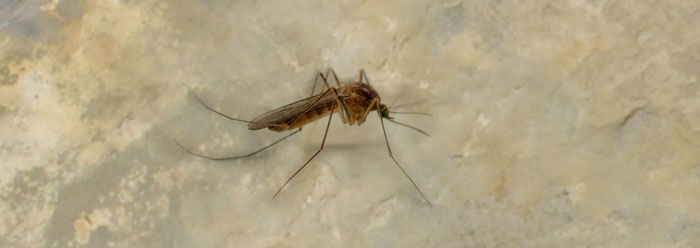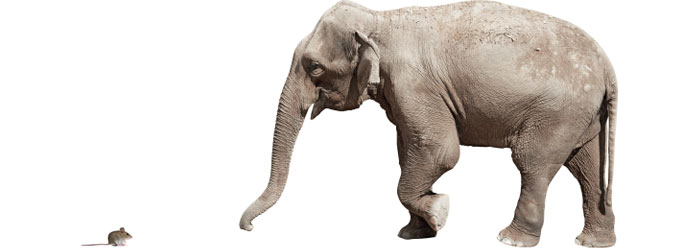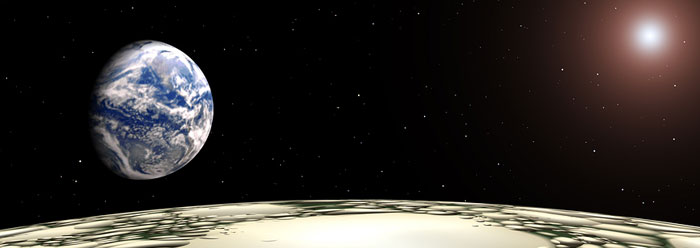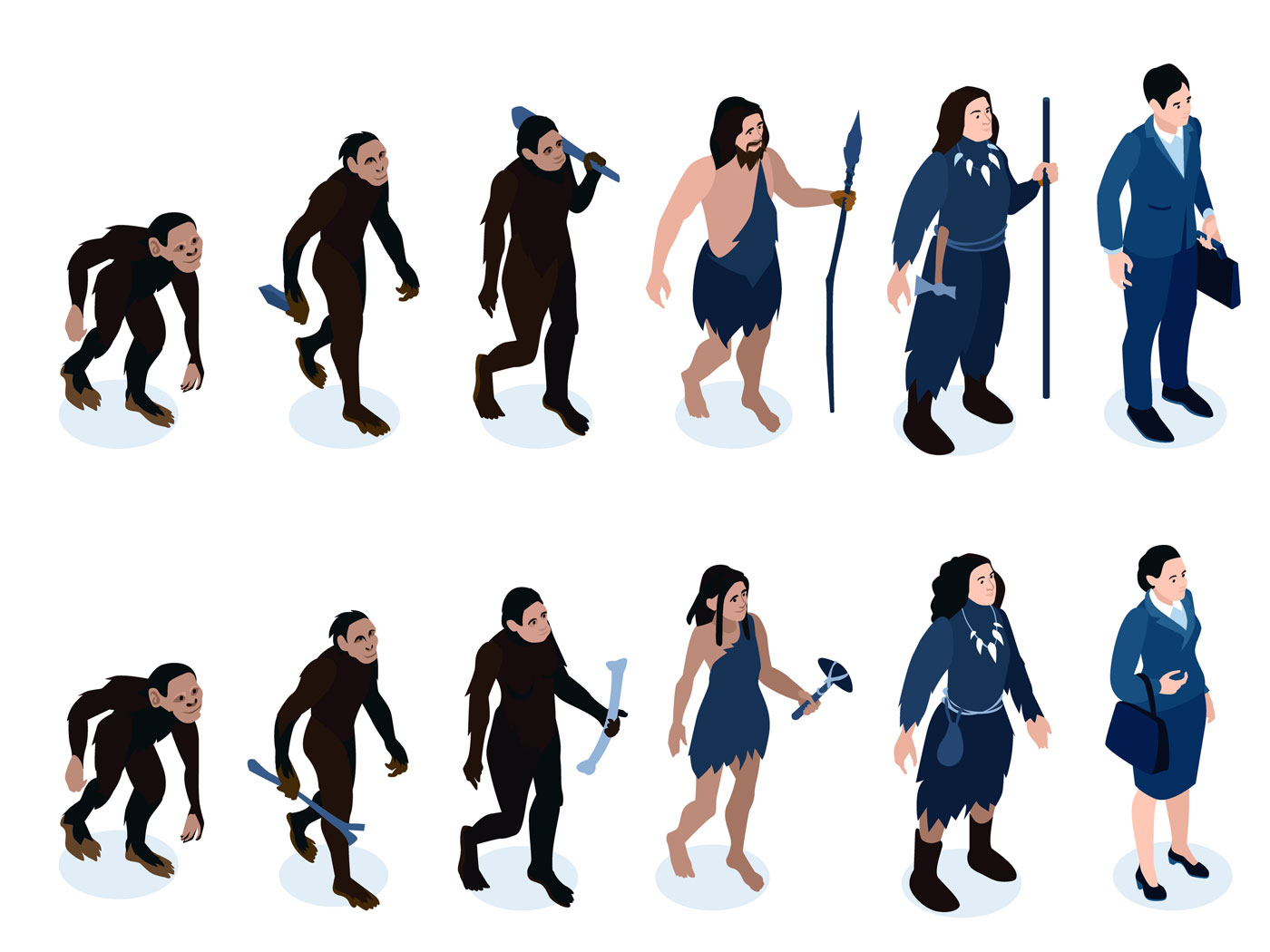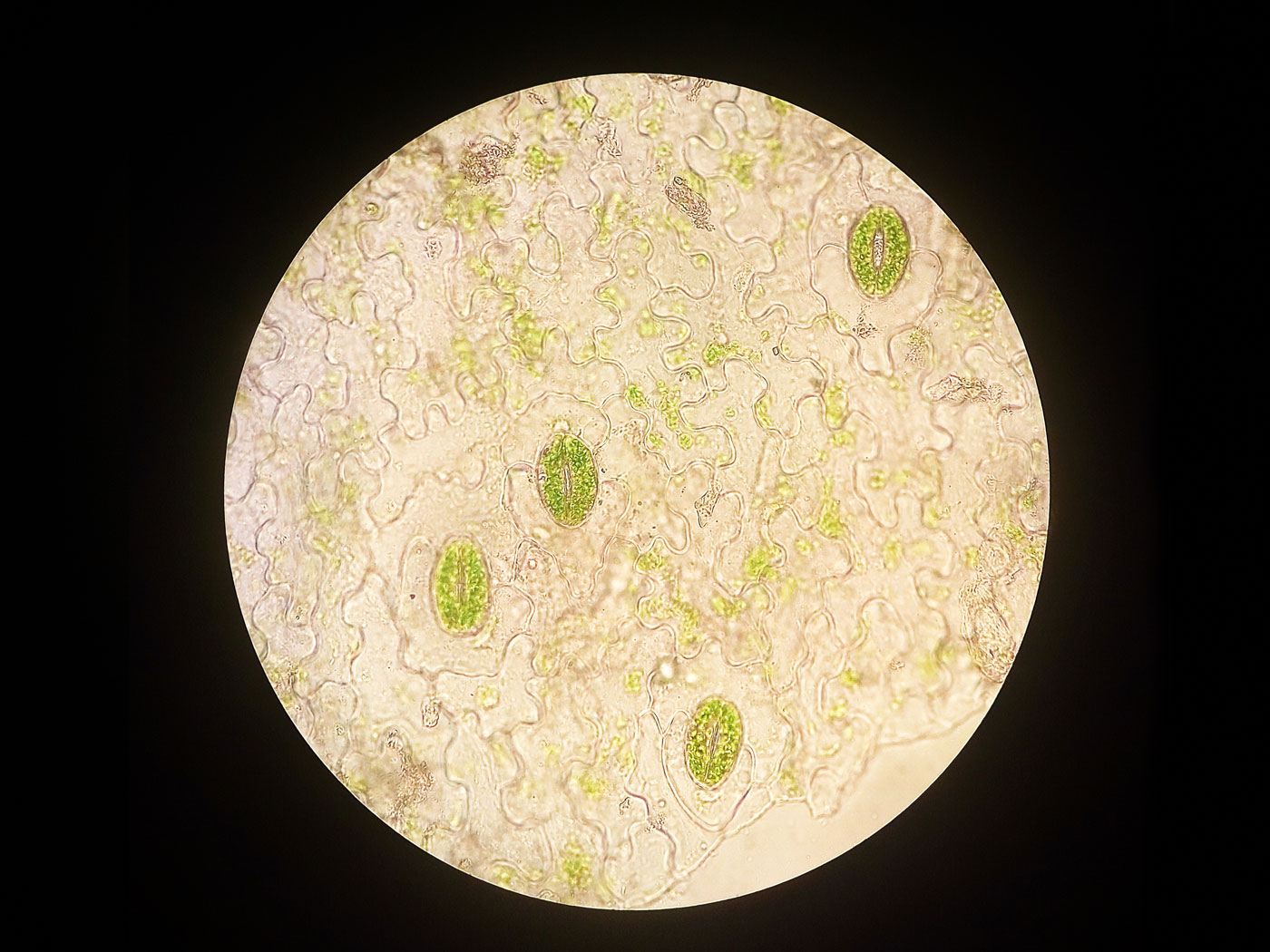Two recent news stories, one from the Carnegie Institute for Science1 and another from an issue of Nuclear Technology,2 shed light on an icon of “deep time” radioisotope dating—the Isochron model. The former reported evidence that quartz crystals in samples of a granite body can crystallize at temperatures below what has been conventional orthodoxy in the geochronology field for years. The latter was well summarized by Dr. Andrew Snelling in an Answers in Depth article.3
The geological community has long believed that granitic minerals crystallize as molten rock cools to temperatures below 650 to 700 degrees Celsius. But the granitoids of the Tuolumne Intrusive Suite in Yosemite tell a different story. Crystallization temperatures of 474-561 degrees Celsius were recorded for quartz crystals from these samples. These lower temperatures bring into question whether zircon crystals could remain isotopically closed through extended periods of high-grade metamorphism which can reach temperatures of 500-600 degrees Celsius and even cause partial melting of the host rock.
The lower observed crystallization temperatures allow crystals to form more slowly in rapidly cooling igneous and metamorphic rocks. This would mean more time for the differential isotropic diffusion1,2 of trace elements, such as rubidium, strontium, uranium, and lead, into the cystalline structure of minerals in igneous and metamorphic rocks. The mobility and solidification rates for both the mineral internally and also for boundary transfers from the rock in which it is embedded (grain boundaries) change with temperature.
Lower temperatures mean slower diffusion of trace elements into and through the mineral. One would expect that the rock matrix, in which minerals are enclosed, would cool faster than the crystal itself. This would cause the boundary transfer of trace elements from the rock matrix to the crystal to decrease or even cease before the diffusion of trace elements throughout the crystal.
This new finding brings into question key assumptions used in the radioisotope isochron dating model. ![]()
Grain boundaries usually experience an enhanced concentration of the diffusing ions/atoms with respect to the actual lattice diffusion. This makes it more probable that the isochron data more closely resemble a mixing line4 than an isochron line5 (e.g., a line with time information about the evolution of 87Sr in a given crystal solely from the decay of 87Rb). How then does one definitively tell the difference between a simple mixing line with no time information and an isochron? This new finding brings into question key assumptions used in the radioisotope isochron dating model. If this model is now in question, then so are its results.6
References
1. Ackerson, M. R., B. O. Mysen, N. D. Tailby, and E. B. Watson. 2018. Low-temperature crystallization of granites and the implications for crustal magmatism. Nature. 559 (7712): 94-97. See also: Carnegie Institution for Science. 2018. Yosemite granite ‘tells a different story’ story about Earth’s geologic history. ScienceDaily. Posted on sciencedaily.com June 27, 2018, accessed August 10, 2018.
2. Hayes, R. B. 2017. “Some Mathematical and Geophysical Considerations in Radioisotope Dating Applications.” Nuclear Technology. 197: 209-218.
3. Snelling, A. 2017. Key Flaw Found in Radioisotope Isochron Dating. Answers in Depth. Vol. 12.
4. Mixing lines: A graphical method of describing how two elements in two different substrates can mix together to form a uniform distribution in the resulting substrate. For example, when mantle derived magma interacts with rocks in the earth’s crust, the chemical and isotopic compositions of the resulting mixtures can be related via simple mixing models.
5. Cupps, V. 2014. The Iconic Isochron: Radioactive Dating Part 2. Acts & Facts. 43 (11): 10-13.
6. Differential isotopic diffusion: Different isotopes will diffuse at different rates within a given substance. For example rubidium (87Rb) is approximately 20% larger than strontium which would make both strontium isotopes (87Sr and 86Sr) more diffusive than 87Rb in a zircon crystal or at the crystal’s rock boundary. This casts doubt on the idea that all the 87Sr near the 87Rb in a crystal is solely due to the radioactive decay of 87Rb, as is normally assumed in the Isochron dating model.
* Dr. Vernon Cupps is Research Associate at the Institute for Creation Research and earned his Ph.D. in nuclear physics at Indiana University-Bloomington. He spent time at the Los Alamos National Laboratory before taking a position as Radiation Physicist at Fermi National Accelerator Laboratory, where he directed a radiochemical analysis laboratory from 1988 to 2011. He is a published researcher with 73 publications.





